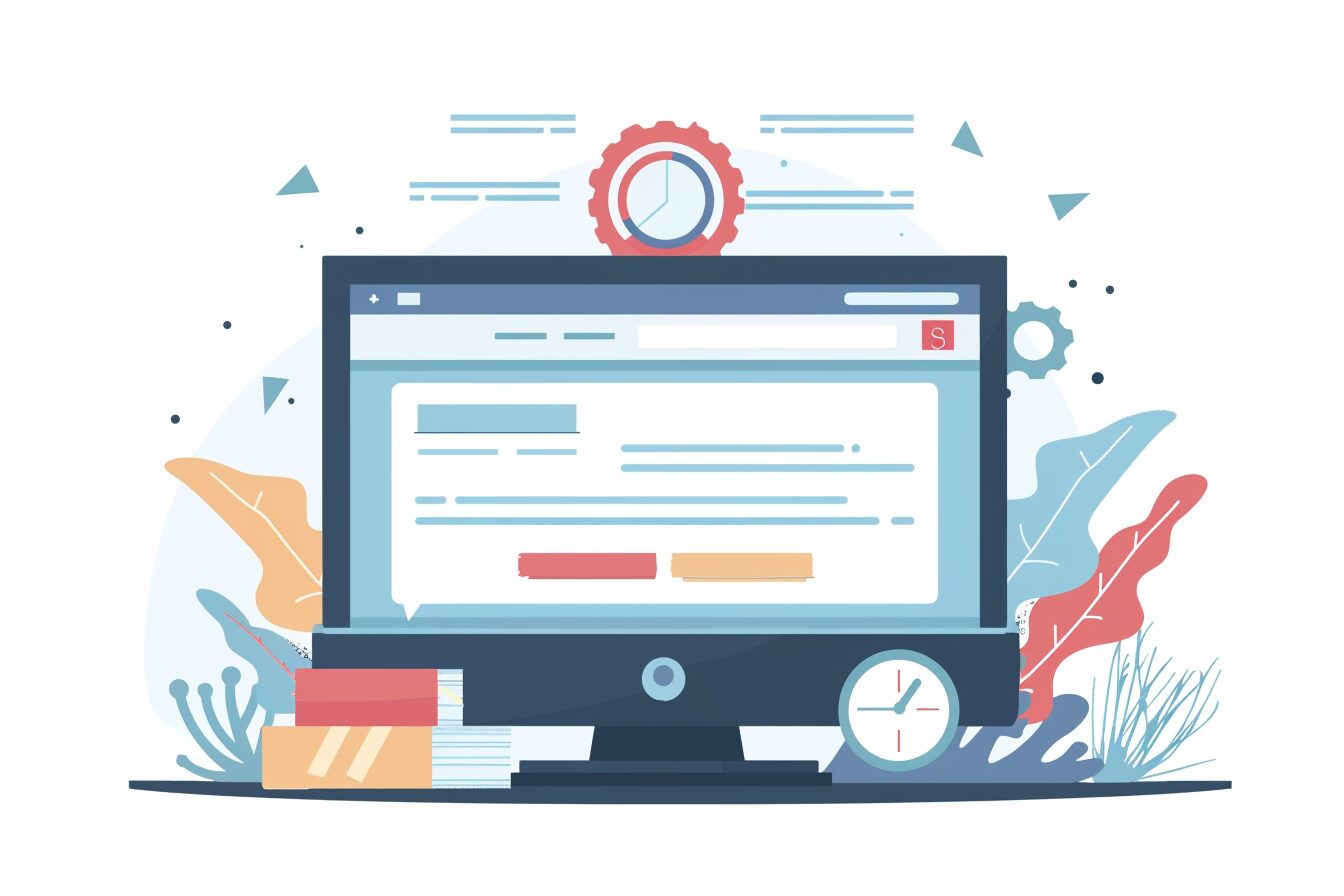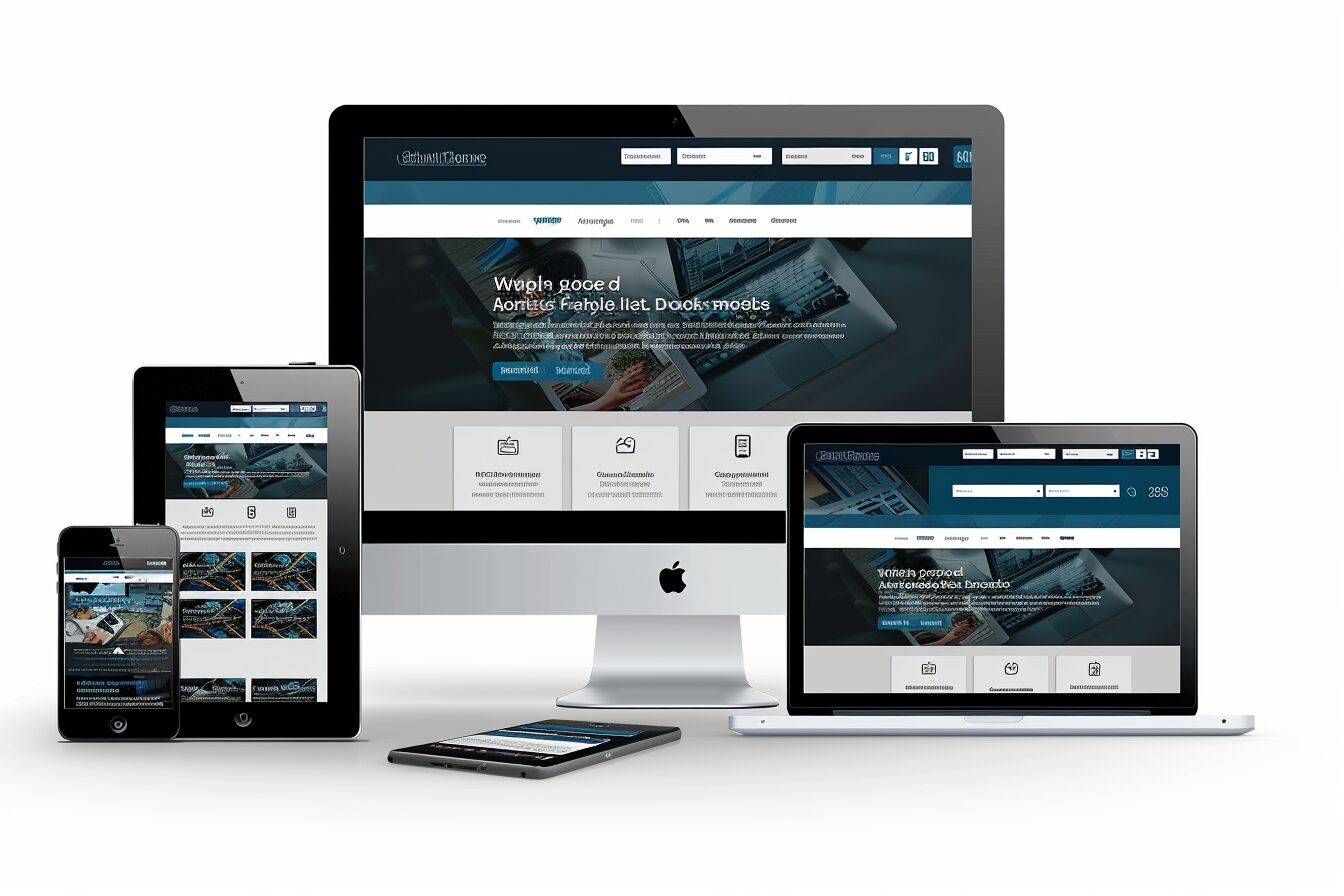Key Metrics to Gauge E-commerce Conversion Rate Optimisation
In today’s internet-driven economy, e-commerce has become a critical channel for businesses to reach a global audience. Understanding the performance of an online business is quintessential to gauging its success and scouting for further improvements. Among the myriad of possible measurements, specific key metrics are used widely by successful businesses to understand their digital retail performance thoroughly.
The first among these is the Conversion Rate. This refers to the percentage of visitors who complete a desired action on a website, such as making a purchase, filling out a form, or subscribing to a newsletter. A higher conversion rate signifies better performance. Another crucial metric is the Average Order Value (AOV). AOV measures the average sum spent when customers order on a website or mobile app. By tracking this, a business can understand their customers’ buying habits and adjust their strategies accordingly. Other significant metrics are Cart Abandonment Rate, Customer Retention Rate, and Revenue Per Visitor. Each metric provides valuable insights into different aspects of online retail performance.
Understanding the Importance of High Conversion Rates in Online Retail
In the realm of online retail, high conversion rates often serve as a testament to effective marketing strategies and a well-crafted customer experience. Primarily, the e-commerce conversion rate optimisation rate refers to the percentage of visitors to a website who complete a desired action, such as making a purchase. Higher e-commerce conversion rate optimisation not only denotes a greater number of successful customer transactions but also suggests the enhanced efficacy of an e-commerce website in directing potential buyers through the sales funnel.
One of the salient features of high conversion rates is their ability to reflect the efficiency of an online store in converting its web traffic into profitable sales. This critical measure can indicate the relevance and attractiveness of a website’s products, user interface, and overall shopping experience. Moreover, high conversion rates often lead to improved profitability and competitiveness, validating the importance of focusing on strategies that optimize conversion rates in online retail.
Elements that Influence Online Shopper Behavior
Online shopping has seen enormous growth in the digital era, but what factors contribute to a consumer’s decision to purchase? A variety of elements come together to shape the consumers’ e-shopping behaviour. Price plays a paramount role. It is often the key determinant for most consumers in electing to buy an item online. Another critical factor is the ease of use of a retail site, reflecting the importance of a user-friendly site design and a seamless navigation experience that can dramatically impact the customer’s willingness to take the path from discovery to purchase.
Product descriptions also have a significant impact on purchase decisions. Consumers crave detailed insights into the items they plan to acquire. Detailed and accurate product information increases the product’s credibility and facilitates the customer’s purchase decision process. Product reviews have also become a vital factor in the rise in consumers’ satisfaction levels with the online shopping experience. Potential buyers rely on previous customers’ reviews and ratings to gauge a product’s quality and performance. Therefore, encouraging customers to leave reviews should also be a part of the strategy to influence online shopper behaviour.
Crafting an Effective Customer Journey on Your Website
Designing a successful customer journey on an e-commerce website entails building an intuitive and user-friendly framework that guides shoppers from the point of having an interest in a product or service to the completion of a purchase. This starts right from the homepage, which needs to offer clear navigation options and a smooth layout that allows a visitor to access desired content effortlessly. The product pages require detailed product descriptions, high-quality images, and concise pricing information to help users make informed decisions.
The checkout process plays a significant role in the customer journey, as this is often where many potential purchases are abandoned. The check-out process should be simple, swift, and secure to keep users engaged and motivated to complete their purchases. This includes minimizing the number of steps required to finalize a transaction, providing various secure payment options and ensuring visible reassurances of transactional security throughout the process. Additionally, integrating live chat or helpful customer service options throughout this journey can mitigate customer doubts or issues along the way, thus providing an optimized experience.
Ways to Improve User Experience for Better Conversions
Website navigation plays an immense role in enhancing user experience and boosting conversion rates. A clear, intuitive, and easy-to-navigate website makes users feel comfortable as they can find what they’re looking for without getting frustrated by complex navigational paths or cluttered information. It’s important to strategically structure all your pages so that every user’s journey, from landing on the website to completing a purchase, remains smooth and fulfilling.
Analytics and personalized content are also essential tools to improve the user experience. Data mining can provide key insights into user patterns, preferences, and behaviours through powerful analytical tools. These insights can then be utilized to deliver personalized content that resonates with the users, enhancing their browsing experience. Delivering content that is in line with user’s preferences improves their engagement and increases the likelihood of purchasing, thus leading to improved conversion rates.
Deploying A/B Testing to Enhance Your E-commerce Strategy
A/B testing is indubitably a vital component in enhancing an e-commerce strategy. This sophisticated tool enables online retailers to make data-driven decisions by analysing two variables, hence the term ‘A/B.’ Typically, two versions of a webpage, email, or other online content are presented to equally divided audiences in an experiment to observe which version generates more conversions or achieves the predetermined goal. This methodical approach helps bypass the risky guesswork often associated with decision-making.
Moving forward with A/B Testing, online retailers can identify the elements that resonate most with their audience. This could range from the colour of a CTA (Call To Action) button, headline text, product images, or even the page layout. Once the winning variant has been identified, it can be implemented broadly across the platform to increase conversions. The consistent application of A/B testing brings unarguable improvements and derives an in-depth understanding of customer behaviour, propelling your e-commerce strategy to the next level.
Utilizing Analytics to Uncover Opportunities for Improvement
In the competitive landscape of e-commerce, harnessing the power of analytics cannot be underestimated. By delving into the wealth of available data, retailers can uncover hidden patterns, trends, and potential opportunities that can significantly bolster performance metrics. Data, such as page views, average session duration, bounce rates and exit rates, can provide insights into customer behaviour, site usability and areas of improvement.
Savvy online retailers often use analytics to understand which aspects of their websites work as intended and which areas need refinement. For example, a high bounce rate on a particular product page may suggest that the page isn’t resonating with the customer, indicating a need for modifications. Similarly, analytics can help recognize trends in the purchase journey, identify bottlenecks in the checkout process and effectively optimize site navigation. Through this process, analytics can offer actionable insights for online businesses to evolve and improve continually.
• Understanding Customer Behavior: By analyzing data such as page views, average session duration, and bounce and exit rates, online retailers can gain deep insights into customer behaviour. This understanding is crucial in making informed decisions about site modifications and improvements.
• Identifying Areas of Improvement: Analytics provide a clear picture of which aspects of the website are working well and which ones need refinement. For instance, if a particular product page has an unusually high bounce rate, it might suggest that customers are not finding the page engaging or relevant enough. In such cases, changes may be required to improve user experience and engagement levels.
• Recognizing Purchase Journey Trends: Using analytics tools allows e-commerce businesses to identify customer purchase journey trends. This could include patterns related to product search habits, cart additions or abandonments, checkout processes etc., helping retailers create more streamlined shopping experiences for their customers.
• Pinpointing Bottlenecks in the Checkout Process: A common issue many e-commerce businesses face is abandoned carts during checkout due to various reasons like complex navigation or unexpected costs. Analytics can help identify and address these bottlenecks effectively by simplifying navigation or providing transparent pricing information upfront.
• Optimizing Site Navigation: With a thorough analysis of user interactions on the website using analytics tools, businesses can understand how easy (or difficult) it is for users to find what they’re looking for on their site. Based on this insight, they can optimize site navigation to make it more intuitive and user-friendly.
In conclusion:
Online retailers must leverage analytics not just as a tool for measurement but also as a guide for improvement strategies. It’s through careful examination of data that hidden opportunities come into the light – whether it’s revamping web design elements that aren’t resonating with visitors, streamlining checkout procedures to reduce cart abandonment, or optimizing overall site usability based on actual user behaviours rather than assumptions.
Case Studies: Successful Conversion Strategies in E-commerce
Amazon’s use of personalized recommendations is a prime example of how to enhance conversion rates in e-commerce. The global online retailer leverages advanced predictive algorithms to suggest products based on a user’s search history, purchase history, and browsing behaviour. Doing so boosts their sales and improves customer satisfaction and engagement, leading to repeated purchases and higher customer retention.
On the other hand, Zappos, a recognized leader in online shoe commerce, has achieved significant conversion rates due to its exceptional customer service. This e-commerce giant offers word-cloud free shipping both ways, a 365-day return policy, and round-the-clock customer support, significantly decreasing customers’ hesitations about purchasing. This focus on customer post-purchase satisfaction has enabled Zappos to foster trust and loyalty among its customer base, encouraging repeat purchases and referrals.
Advanced Techniques to Maintain and Grow Conversion Rates
In the dynamic world of e-commerce, businesses ought to leverage advanced techniques to effectively elevate and sustain their conversion rates. One such essential technique is retargeting. It involves engaging with people who have previously interacted with your website or products. Utilizing platforms like Google Adwords or social media, marketers can put specific ads in front of these potential buyers to re-spark their interest, increasing the chances of successful transactions.
Machine learning, a subset of artificial intelligence (AI), is an additional cutting-edge technique used to analyze large amounts of data swiftly and accurately. Employing machine learning algorithms can help businesses predict trends, anomalies, and patterns in customer behaviour. For instance, it identifies potential high-value customers based on their shopping trends, preferences, and browsing history. Consequently, businesses can personalize their marketing messages and offers, significantly increasing conversion rates.
Adapting Conversion Strategies to Changing Market Trends
The e-commerce landscape constantly evolves, and retailers must stay on top of these shifts to maintain relevance. Consumer preferences, competition, and market trends can all influence conversion rates. As such, businesses must consistently review and update their conversion strategies to ensure they align with the current market environment. This means every element of the sales journey, from marketing messages and website design to product offerings and checkout procedures, should be adapted to meet the needs and preferences of the target customer base.
Leveraging data-driven insights can also prove highly beneficial in adapting to rapidly changing market trends. Online retailers are advised to use web analytics and customer feedback to understand consumer behaviour, preferences, and purchasing patterns. With these insights at hand, they can then modify their strategies in a way that maximizes conversions. Whether through introducing new, innovative features on the website, personalized marketing campaigns, or improved customer service, online retailers must constantly revisit their strategies to stay competitive in the dynamic market space.











